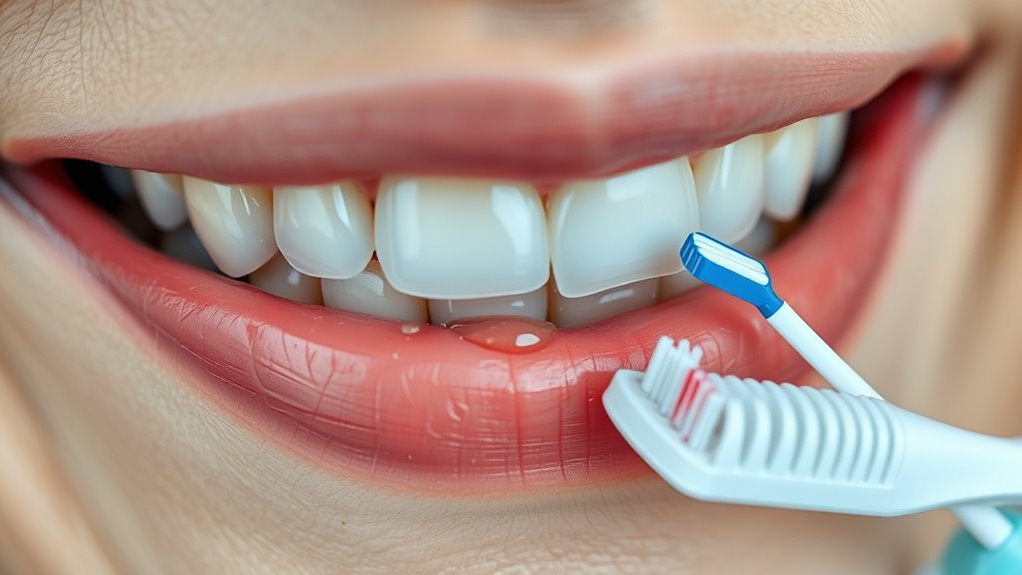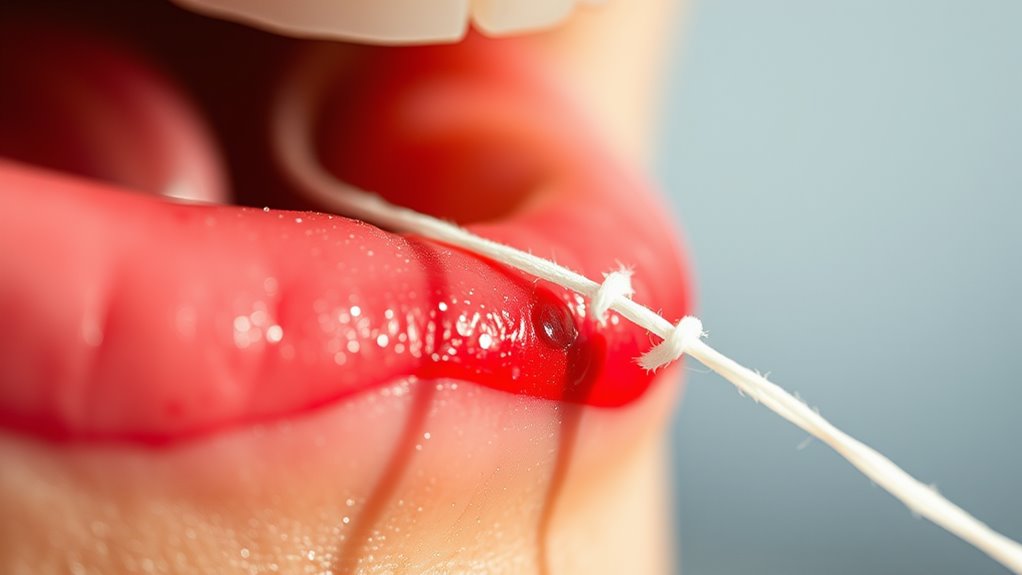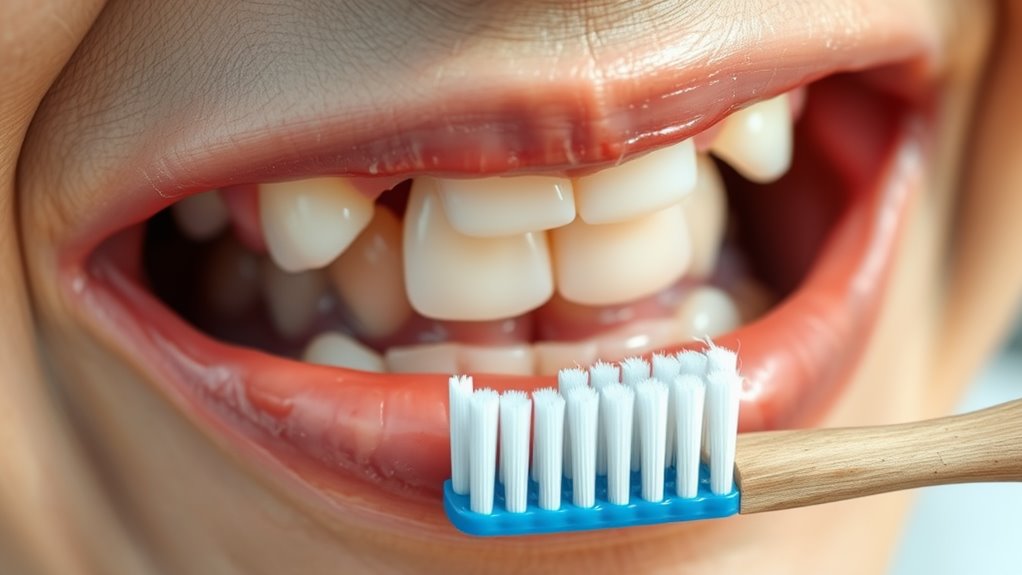How to Spot the First Signs of Gum Trouble
Many people underestimate the importance of early gum health indicators, believing that only severe symptoms warrant attention. However, recognizing subtle signs like red or swollen gums can be key to preventing serious issues down the road. Ignoring these signals might lead to more significant problems. Understanding what to look for and how to act can make a considerable difference in your oral health. Are you aware of the common symptoms that could indicate trouble?
Understanding Gum Health
Understanding your gum health is crucial for maintaining overall oral hygiene, as unhealthy gums can lead to serious dental issues.
Pay attention to the early signs of gum trouble, such as redness, swelling, and bleeding during brushing or flossing.
Regular dental check-ups will help you monitor your gums, ensuring prompt intervention if any concerning changes arise in your periodontal health. Additionally, incorporating daily flossing habits can significantly improve gum health and reduce the risk of issues.
Common Symptoms of Gum Trouble
Being aware of common symptoms of gum trouble can help you take timely action before more serious dental issues develop. Look out for red, swollen gums, tenderness when brushing or flossing, and any bleeding during these routines. Bad breath that won’t go away may also indicate gum issues. Pay attention to changes in gum color, texture, or any gum recession. Additionally, early consultation with a dentist is key if you notice persistent symptoms, as this can prevent the progression of potential gum disease.
The Role of Plaque and Tartar
While you might not see it, plaque and tartar play crucial roles in gum health. Plaque is a soft, sticky film of bacteria that forms on your teeth, while tartar is hardened plaque that can only be removed professionally. Understanding their impact is vital for maintaining healthy gums. Regularly removing plaque through proper oral hygiene is essential to prevent gum disease and ensure long-term gum health.
| Plaque | Tartar | Impact on Gums |
|---|---|---|
| Soft | Hard | Increases infection risk |
| Removable | Requires tools | Causes gum irritation |
| Forms daily | Forms over time | Leads to gum disease |
Risk Factors for Gum Disease
Gum disease can develop due to a variety of risk factors that you mightn’t be aware of. Understanding these can help you take preventive measures.
Common risk factors include:
- Poor oral hygiene habits
- Smoking or tobacco use
- Chronic conditions like diabetes
- Medications that cause dry mouth
Being mindful of these factors can significantly decrease your risk of developing gum disease. Additionally, maintaining good oral hygiene and a diet rich in Vitamin C-rich foods can support overall gum health.
Importance of Regular Dental Check-Ups
Regular dental check-ups play a crucial role in maintaining your oral health, as they allow for the early detection and treatment of gum disease before it progresses.
These appointments enable your dentist to assess plaque buildup, measure gum recession, and identify inflammation. Additionally, staying proactive with regular check-ups supports overall health preservation and can prevent serious dental problems.
Preventive Measures for Healthy Gums
Maintaining healthy gums requires a proactive approach that incorporates effective daily habits. You should implement the following preventive measures:
-
Brush your teeth twice daily with fluoride toothpaste.
-
Floss daily to remove plaque between teeth.
-
Use an antiseptic mouthwash to reduce bacteria.
-
Schedule regular dental check-ups for professional assessments.
These habits will help ensure your gums remain healthy and free from disease.




